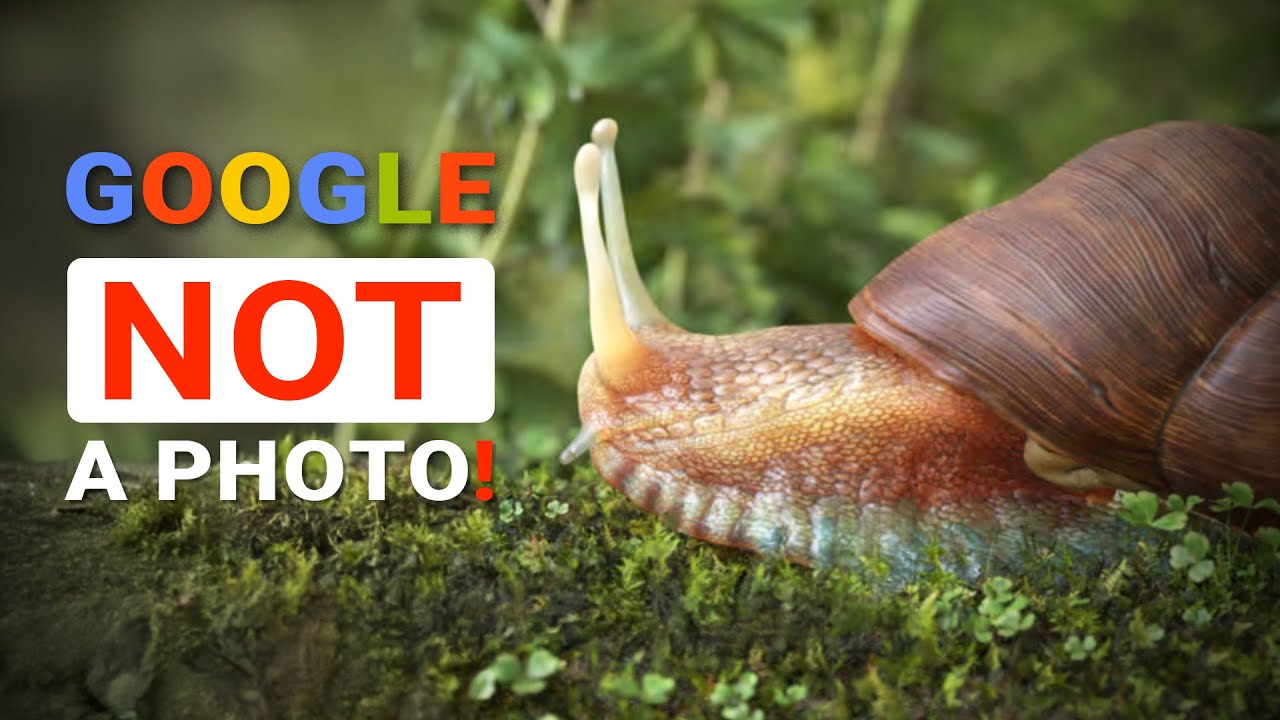The video showcases Google’s latest AI technology capable of creating highly detailed, realistic digital recreations of real-world scenes and objects from minimal footage, including complex materials like translucency and subsurface scattering. Unlike traditional AI methods, this system relies on advanced algorithms and physical rendering techniques, achieving near-photorealistic results without neural networks, and offers potential applications in virtual avatars and immersive experiences.
The video introduces Google’s latest AI technology that can digitally recreate scenes from camera footage with remarkable detail. Unlike previous methods that simply generate basic scene reconstructions, this new tech can produce high-fidelity, game-like digital versions of real-world environments, capturing intricate details such as the shell of a snail. It demonstrates the AI’s ability to handle complex lighting conditions and produce realistic, detailed visuals that resemble real photographs, showcasing a significant advancement in scene reconstruction.
A key feature of this AI is its capacity to accurately render translucent materials and subsurface scattering effects, which are crucial for realistic depictions of materials like skin, milk, or marble. Traditionally, rendering such effects required extensive measurements and complex calculations, but this new approach can infer material properties directly from minimal footage. It reconstructs the translucency and surface details in high quality, making it a groundbreaking step forward in realistic material rendering in real time.
The AI also excels in inverse rendering, where it reverse-engineers the physical properties of objects from images. Instead of merely copying appearance, it analyzes the scene to determine the underlying material characteristics, such as glossiness and how light scatters within translucent objects. This allows it to produce near-perfect digital replicas of real objects, including human faces, with high accuracy. The technology can then manipulate these digital models, changing lighting conditions or placing them into new environments, enabling applications like virtual avatars and immersive online interactions.
Despite its impressive capabilities, the system requires some scene information, such as geometry and lighting conditions, to function optimally. It is not yet perfect, as minor artifacts can appear around features like eyes, but these limitations are minor compared to its overall performance. The underlying process relies on path tracing, a physically accurate method of simulating how light travels and interacts with surfaces, rather than faster but less precise shortcuts like diffusion. This results in highly realistic images that closely mimic real-world physics.
The video concludes by emphasizing that this breakthrough was achieved without neural networks, relying instead on human ingenuity and advanced algorithms like automatic differentiation and gradient descent. This approach marks a significant departure from AI-driven methods, showcasing how traditional computational techniques can produce extraordinary results. The presenter offers a free master course for viewers interested in learning more about the technology, highlighting the importance of innovation and knowledge sharing in advancing computer graphics and AI.
